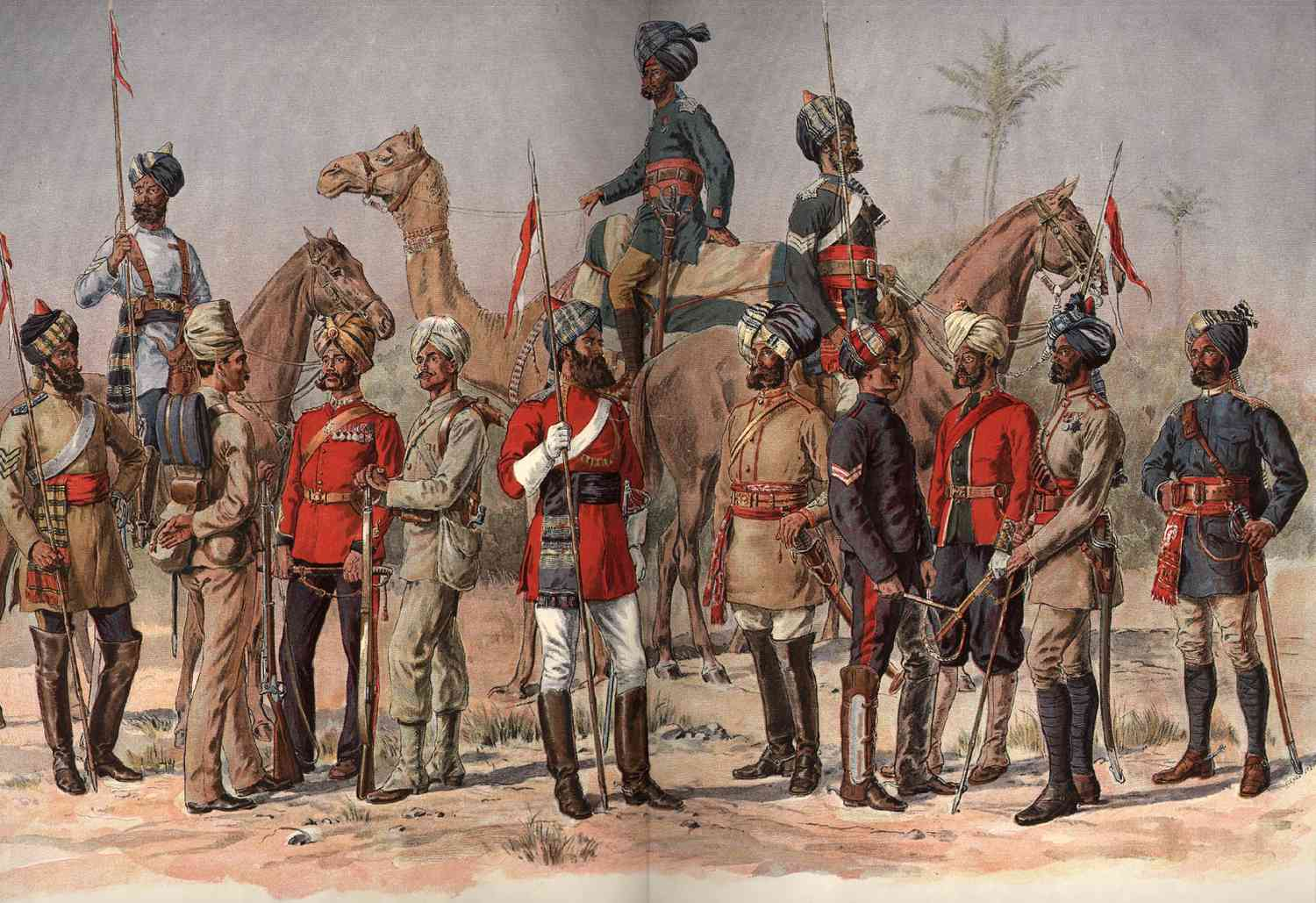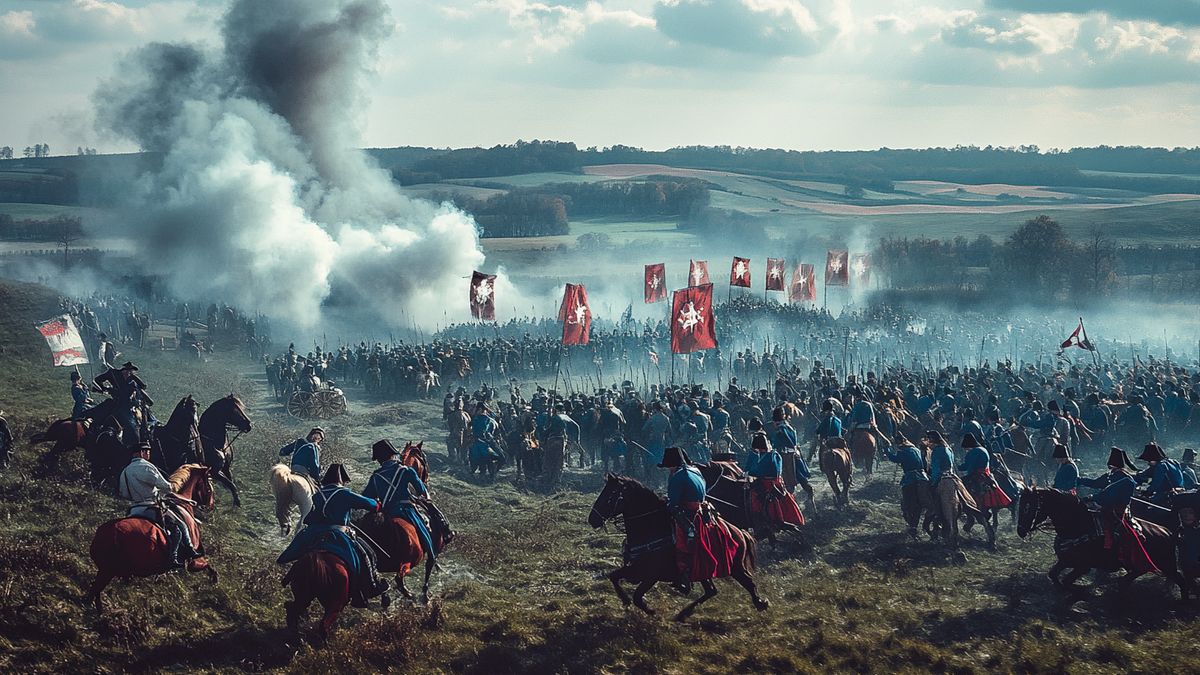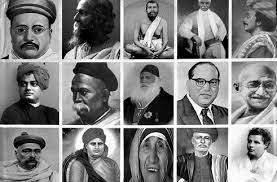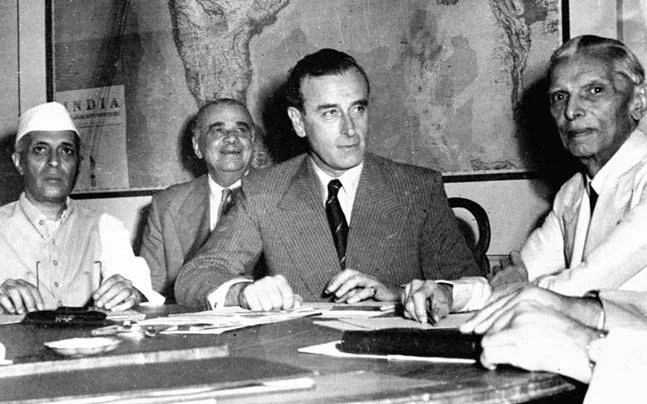- Courses
- GS Full Course 1 Year
- GS Full Course 2 Year
- GS Full Course 3 Year
- GS Full Course Till Selection
- Online Program
- GS Recorded Course
- NCERT (Recorded 500+ Hours)
- Polity Recorded Course
- Geography Recorded Course
- Economy Recorded Course
- AMAC Recorded Course
- Modern India, Post Independence & World History
- Environment Recoded Course
- Governance Recoded Course
- Science & Tech. Recoded Course
- International Relations and Internal Security Recorded Course
- Disaster Management Module Course
- Ethics Recoded Course
- Essay Recoded Course
- Current Affairs Recoded Course
- CSAT
- 5 LAYERED ARJUNA Mentorship
- Public Administration Optional
- ABOUT US
- OUR TOPPERS
- TEST SERIES
- FREE STUDY MATERIAL
- VIDEOS
- CONTACT US
Evolution of Governance in British India
Evolution of Governance in British India

|
Theme |
Progress Over Time |
|
Representation of Indians |
|
|
|
|
|
Executive Power |
|
|
Communal Representation |
introduced (first communal representation)
Poona Pact (1932) – Replaced separate electorates for SCs with reserved seats in joint Hindu electorates |
|
Federalism / Devolution of Power |
|
|
Extra Notes on Communal Representation
|
Year |
Communities Given Separate Electorates |
Provision Source |
|
1909 |
Muslims |
Indian Councils Act, 1909 (Morley- Minto Reforms) |
|
1919 |
Muslims (retained), Sikhs, Indian Christians, Anglo-Indians, Europeans |
Government of India Act, 1919 |
|
1932 |
Above groups + Scheduled Castes (Depressed Classes) |
Communal Award by Ramsay MacDonald |
|
1932 (Poona Pact) |
SCs got reserved seats in joint Hindu electorate (not separate electorate) |
Gandhi-Ambedkar agreement |
|
1935 |
Continued all above; also included women, labour, business groups |
Government of India Act, 193 |
|
Also Read |
|
UPSC Foundation Course |
|
| UPSC Monthly Magazine | CSAT Foundation Course |




